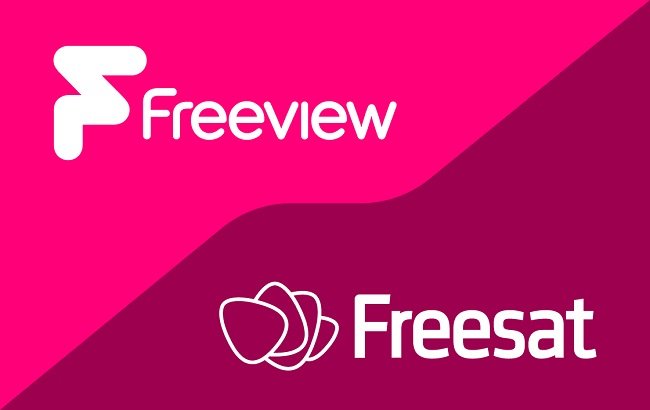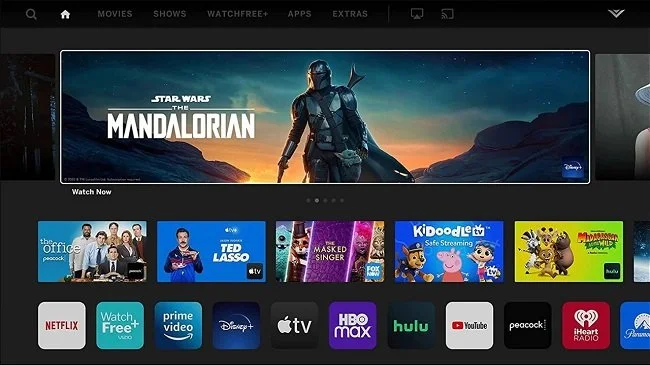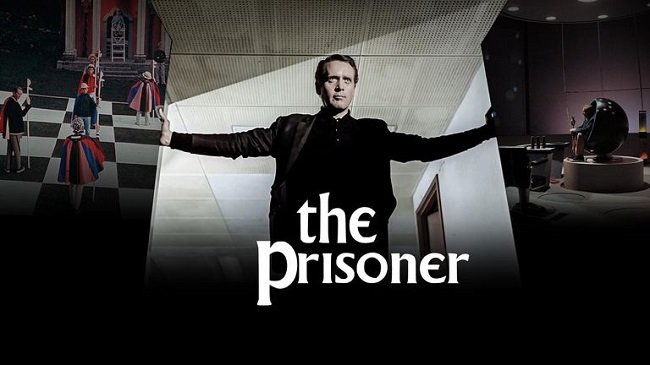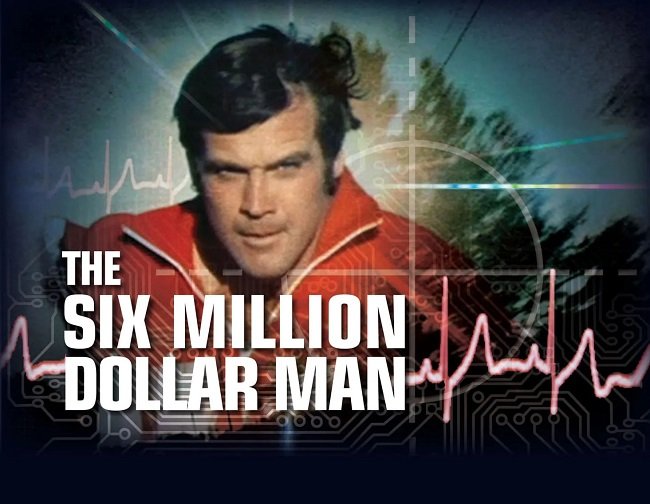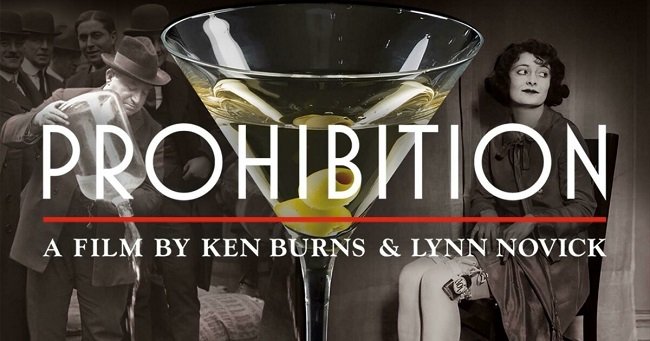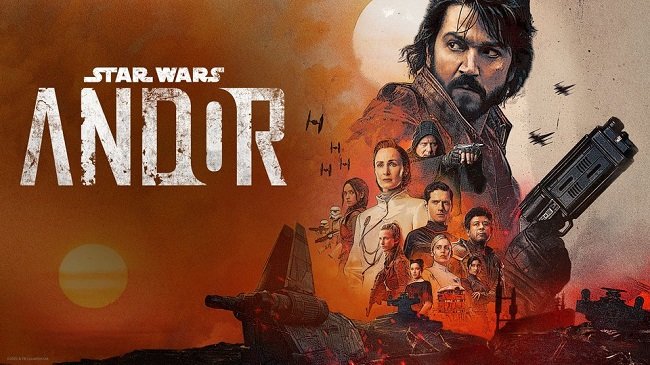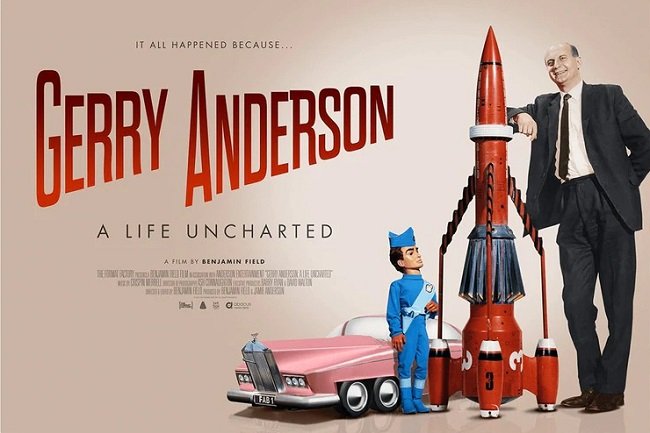TV in the UK Part 1
Philips CRT TV circa 1980
When I started writing this post it was intended to be about changing from one UK TV provider to another. However, I became concerned that there was a need to provide some sort of historical context, because I wasn’t sure whether all readers would be familiar with how television is provided here. The next thing I know, I’ve written a potted history of public and commercial broadcasting in the UK and the resulting post has become somewhat lengthy. So I have decided to split the text into two halves. The first being a summary of how the provision of television has changed in the UK over the course of the last fifty plus years. The second focuses more upon changes to the TV industry’s business model, consumer habits and the present status quo.
In the seventies and eighties, television in the UK was a singularly uncomplicated affair. You would buy a TV, connect it to a rooftop or indoor aerial/antenna and set the channel buttons to the four analogue stations that were broadcasting at the time. You then watched your favourite programmes at the time that they were broadcast and discussed them the following day at either school or work. Hence the viewing figures for popular shows were large with popular soap operas such as East Enders and sitcoms like Only Fools and Horses regularly achieving audiences of over 20,000,000. Over a third of the population at the time. Although video cassette recorders became ubiquitous during the eighties, the culture of “appointment TV” (IE watching stuff when it was shown), persisted. Analogue terrestrial television, introduced in the UK in 1936, remained the predominant source of TV in homes until 2012.
UK analogue aerial and satellite dish circa the mid-eighties
During the eighties, changes in TV regulation saw the emergence of analogue satellite and cable services. However, cable was not readily available in rural and most suburban areas due to the logistics of installing the infrastructure. Similarly, satellite TV required a dish which added to the set up costs for new customers. Plus due to the prevailing UK class culture of the time, there was a great deal of snobbery regarding “unsightly dishes” and commercial television programming that was perceived as “low rent”. However, in the early 2000s (noughties), the UK was getting ready to decommission analogue terrestrial TV broadcasting and replace it with a digital terrestrial service. Hence a lot of new commercial television services began to appear as the public became more comfortable with the business model of paying a subscription for quality programmes, rather than free TV paid by advertising.
The noughties were a time of major change for UK television. Many new commercial services, such as OnDigital (digital terrestrial) and NTL (digital cable) came to market and ultimately failed. However, other industry changes proved successful, such as the transition from 4:3 to 16:9 aspect ratio and from standard definition to high definition. Tests are currently underway for ultra high definition digital terrestrial broadcasts and 4K streaming content is becoming more widespread. There was a period of a few decades, when Sky was king and digital satellite TV was the dominant premium service in the UK with a fifth of the population as customers. The provision of major sporting events and franchises, especially premier league football, was a major factor in Sky’s success. However, over time other services have begun to compete and steadily eroded
A selection of UK streaming services
In 2025, we find ourselves in a TV market dominated by streaming services. Major streaming providers have the budgets to produce high quality shows and the remaining UK broadcasters dependent on advertising revenue, struggle to compete. The main problem with streaming services, is that if you want to keep abreast of all the most popular shows then you have to subscribe to 4 or 5 services. Sport in the UK is still mainly carried on digital satellite (and now streaming) via Sky, so if you want access to that as well you’re going to have to subscribe to their services as well. The monthly cost of all of these is somewhere north of £75, which is no small beer and a reason why so many people share logon credentials for streaming services. Subsequently, there is now a societal divide regarding TV access. “TV poverty” has emerged as a term describing those excluded from premium content due to its cost.







